For a list of the 10 essentials for a back country day pack CLICK HERE.
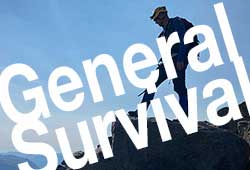
General Survival: Rule of 3’s
- 3 minutes without air
- 3 hours without shelter. This includes the clothes on your back. They are your immediate shelter from the environment and current and potential weather. Carry a quality emergency bivy bag or some other small shelter.
- 3 days without water. Find the cleanest water you can and drink it if you run out. Giardia can be treated later, and dehydration is typically more severe.
- 3 weeks without food. Always carry extra food. Don’t eat anything you aren’t educated on that grows naturally. Wyoming does have some wild plants that are deadly.
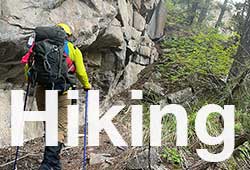
Hiking:
- Tell someone where you are going, when you expect to be back and a general area or trail you will be in. Or, leave a note in your car with your equipment, intentions, etc. that Law Enforcement could retrieve if necessary.
- Don’t expect cell phone reception. Your cell phone is not reliable in the backcountry.
- Carry overnight gear even if you don’t expect to spend the night. Matches, bivy bag, etc.
- Carry extra water and food. Carry a method to purify water. Don’t eat anything you aren’t educated about that grows in the wild.
- Wear proper clothing. This is your first defense from the environment and weather.
- Be aware of your surroundings. Wyoming is home to large predators and dangerous terrain.
- Hypothermia and Hyperthermia. You can become too cold to function as well as too hot. Get educated by a local group or a trusted online source.
- Carry a satellite communication device and know how to use it properly. Garmin, Zoleo, SPOT, etc.
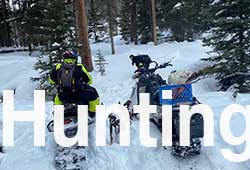
Hunting:
- Tell someone where you are going, when you expect to be back and a general area or trail you will be in. Or, leave a note in your car with your equipment, intentions, etc. that Law Enforcement could retrieve if necessary.
- Buddy system. Avoid going hunting alone if possible.
- Attend a local Stop-the-Bleed course to learn valuable lifesaving skills.
- Wear proper clothing. This is your first defense from the environment and weather.
- Be aware of your surroundings. Wyoming is home to large predators and dangerous terrain.
- Carry extra water and food. Carry a method to purify water. Don’t eat anything you aren’t educated about that grows in the wild.
- Carry overnight gear even if you don’t expect to spend the night. Matches, bivy bag, etc.
- Don’t expect cell phone reception. Your cell phone is not reliable in the backcountry.
- Carry a satellite communication device and know how to use it properly. Garmin, Zoleo, SPOT, etc.
- Follow the basic rules of firearm safety.
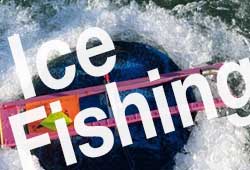
Ice Fishing:
- Check Ice thickness. Get educated on how to “read the ice”. Know where you are going and identify any known hazards such as underwater springs, etc.
- Buddy system. Avoid going alone if possible.
- Wear a PFD. Ice sheets can separate or crack causing you to take an unexpected dip in the water.
- Carry emergency Ice awls draped over your neck to aid in getting out of the water.
- Be aware of your surroundings. Ice can be unpredictable and constantly moving due to currents or wind. Never cross ice over moving water.
- Wear proper clothing. This is your first defense from the environment and weather.
- Be aware of the signs and symptoms of hypothermia and how to treat it.
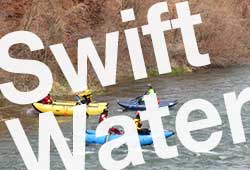
Swiftwater:
- Always wear a PFD (personal flotation device).
- Wear a helmet. Many injuries in this environment are caused by head trauma.
- Get training from the ACA (American Canoe Association), etc.
- Hypothermia and Hyperthermia. You can become too cold to function as well as too hot. Get educated by a local group or a trusted online source.
- Watch children very closely. Children are very curious and may wander off.
- The water environment is especially dangerous. The flow never stops and you don’t get a break. Get educated on what to do if you fall into the water.
- Listen to your guide if you are on a guided commercial trip.
The Park Co. Search & Rescue Foundation assumes no responsibility or liability for any errors or omissions in the content of this site. The information is provided with no guarantees of completeness, accuracy, usefulness or timeliness and is provided with no express or implied warranty.